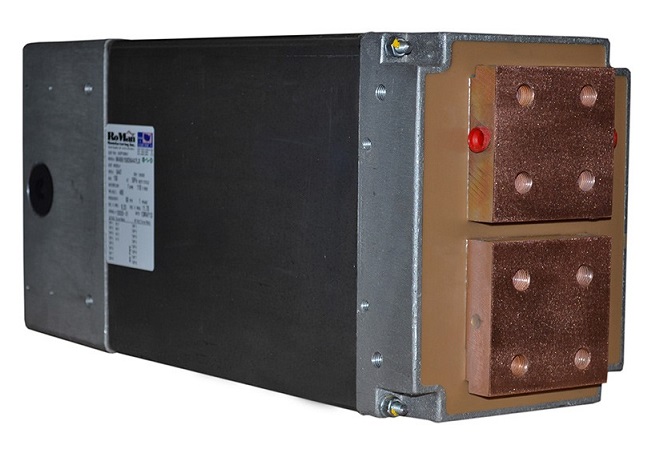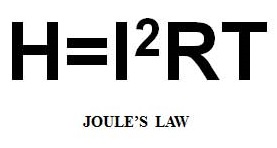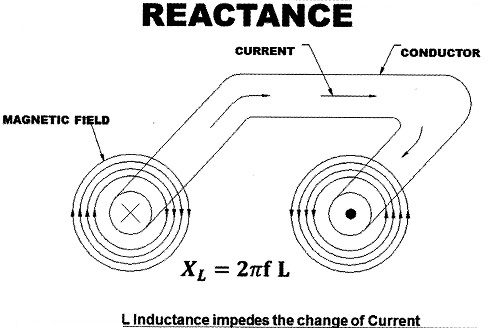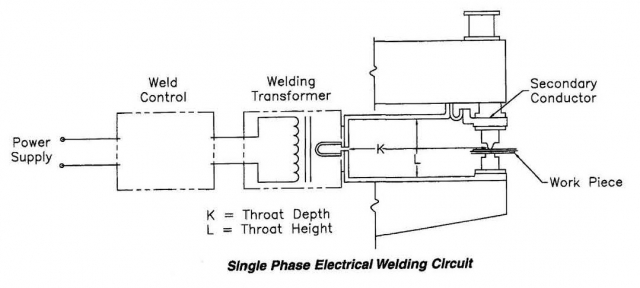
Controls & Transformers
Questions and Answers
The model number identifies this as a 120v/60Hz transformer. Contact a local distributor or manufacturer. They will be able to help identify your transformer.
Design and building of specific equipment is beyond the scope of this blog.
A transformer for a machine/press welder is shown below.

MACHINE TRANSFORMER
Reference: RWMA Resistance Welding Manual 4th Edition
This answer to this question is in another article published in this blog copied in full below:
“HOW DOES A TRANSFORMER CONVERT VOLTAGE AND CURRENT?”
The direct hot-pressing technique of powder materials is referred to as field assisted sintering. In this case resistance heating through the green pressed graphite part would generate the heat. The combination of heat and pressure would generate the desired final properties in the finished graphite product.
The heat is generated per Joules Law:

Yes, MFDC can be used to generate the heat for hot pressing.
Controls in the marketplace control percent heat. Others control current. Many offer the option of controlling heat or current. Constant current is a common option on many current based controls. The question posed is should we base a weld schedule and ongoing process control on percent heat or current. The answer is simple. Joules Law shows us that current is the most important factor.

In the formula (I)current is squared. It has the most affect upon the heat.
Therefor we should monitor and control this factor CURRENT throughout the process.
Let’s first define Reactance. Reactance is an induced magnetic field around a conductor which resists change.

It is associated with AC circuits. The constant changing of the sine wave causes the induced magnetic field to build and become an energy drain. Reactance is a component of the impedance of the total circuit. This magnetic field is also affected by the throat size and any magnetic materials in or near the throat.

LARGER K & L'S INCREASE THE REACTANCE
Material in the throat comes into play when as a series of welds are made and the welded section progresses into the throat of the machine. If this is a magnetic material, reactance will be increasing and progressively reduce the current flow.
MFDC and DC are considered to have zero reactance. This means there are no throat effects when running magnetic materials into the throat of the machine.
Page 11 of 39
Have a Question?
Do you have a question that is not covered in our knowledgebase? Do you have questions regarding the above article? Click here to ask the professor.
